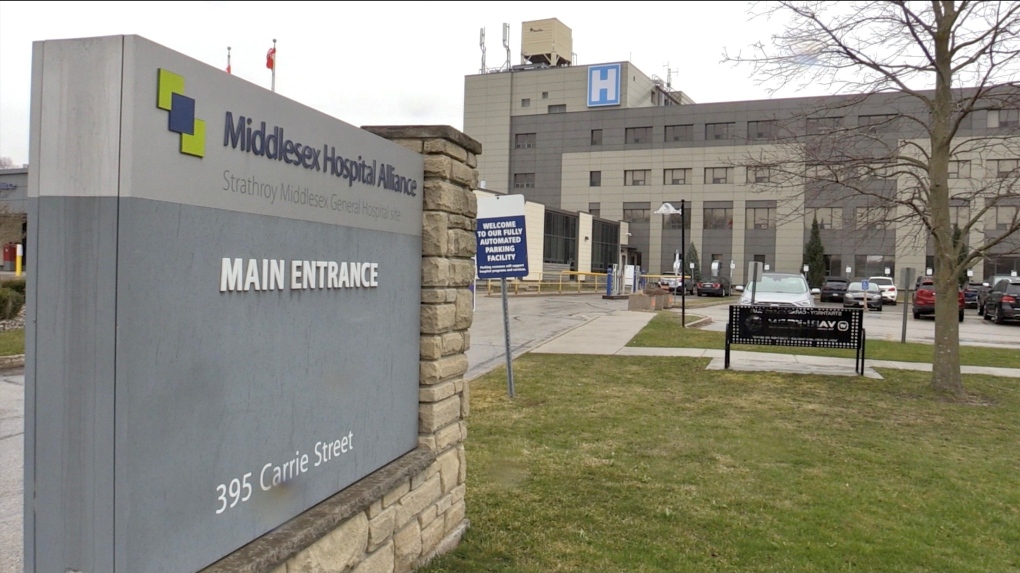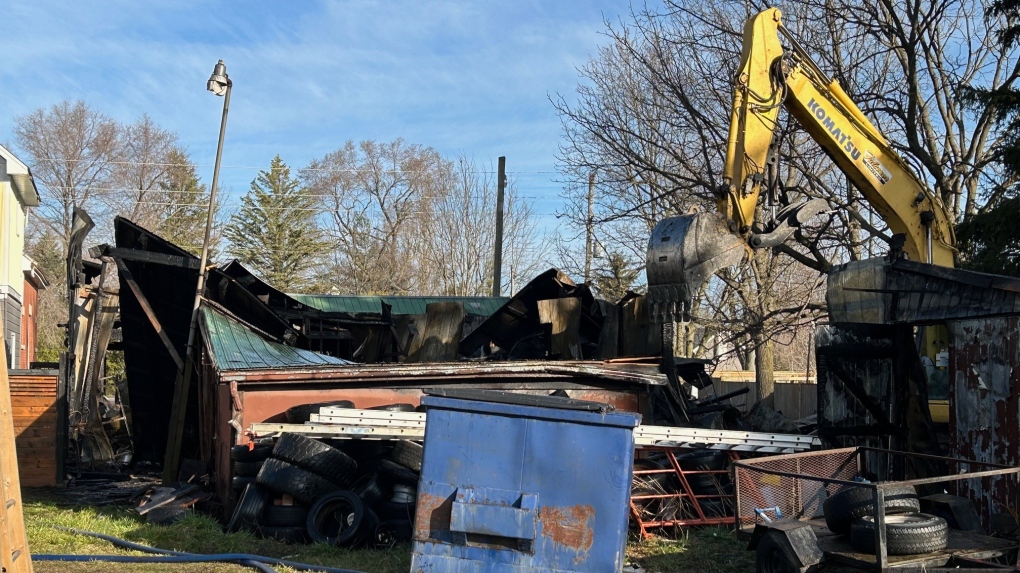Rental growth in prime regional markets has started to slow, following runaway growth over the past three years.
That’s the view from Savills in its latest market snapshot.
Prime regional rental prices grew by only 0.6 per cent in Q3, down from 2.6 per cent in Q2. On an annual basis, rental values remain 4.7 per cent higher than they were the same time last year, which falls short of the annual growth in the mainstream market at 10.5 per cent, according to Zoopla.
The return-to-work movement and affordability issues in the sales market has kept growth in prime London markets, albeit at a slower pace, with rents up 1.7 per cent on the quarter against 3.0 per cent in Q3 2022. But annual growth has fallen to 5.4 per cent – the lowest in two years.
“More stock coming to the market, against steadying demand, is causing the regional rental market to fall back into a seasonal pattern, with rental values starting to simmer over the past three months. But it still leaves prime rents outside of the capital a significant 22.7 per cent above where they were at the start of the pandemic” comments Jessica Tomlinson, research analyst at Savills.
“As a result, the gap between landlords and tenants expectations in these regional markets has widened. Our regional agents reported a third of tenants now expect to pay up to five per cent less for their rental home, vs just 18 per cent of landlords. While in London, more than half of landlords are still expecting five to 10 per cent rental increases, whereas a third of tenants only expect to pay up to five per cent more.”
Manchester (4.1 per cent), Birmingham (3.1) and Edinburgh (2.6) city markets made up three of the top five locations for quarterly rental growth of prime housing stock in UK regions.
At the same time, quarterly rental growth picked up in Prime Central London (1.8 per cent up from 0.8 per cent in Q2), and North and East London (1.8 per cent up from 0.7 in Q2); locations which saw weaker growth during the pandemic, and still some capacity for further growth.
“Rental growth in regional cities and central London locations comes as markets continue to rebalance away from leafy green locations synonymous with larger property that were most popular during the pandemic, back towards urban dwellings with good proximity to transport and employment hubs” continues Tomlinson.
“This in part has caused flats to outperform houses on the quarter, both in London (2.0 vs 1.3 per cent) and across regional rental markets (2.6 vs 0.0 per cent). Strong competition from needs-based tenants combined with successive rises to interest rates have kept some would-be first-time buyers in the rental market, pushing up prices of smaller properties.”
Tougher financial pressures for landlords have meant available stock still remains a key issue, although this is become more varied by location and property type.
“Debt exposure of mortgaged buy-to-let landlords will play a critical role in the future shape of the private rented sector as viability remains a significant issue for landlords with higher levels of debt With fewer properties available landlords will continue to favour affluent tenants and those in more secure employment” concludes Tomlinson.
https://www.lettingagenttoday.co.uk/breaking-news/2023/10/market-showing–prime-rental-growth-starting-to-moderate?source=newsticker




